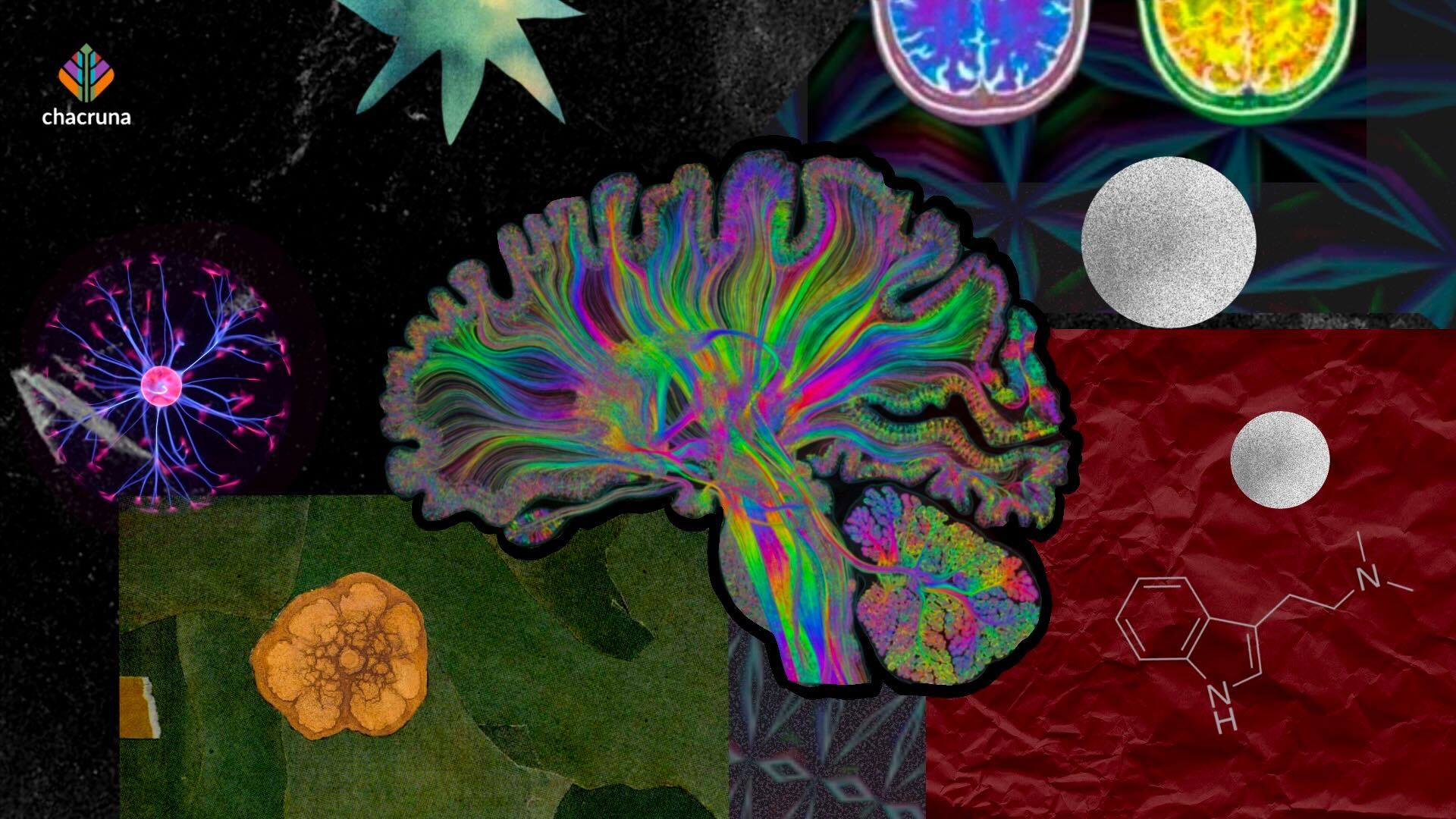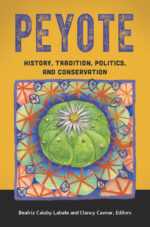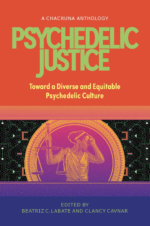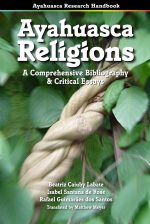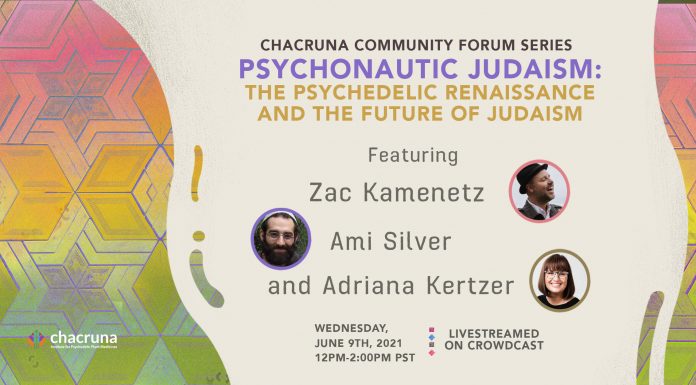Question for Fernanda: Could you please share the journey of your research group at the Federal University of Rio Grande do Norte (Brazil), focused on interdisciplinary collaboration and navigating the challenges of operating within a public university?
For me, being on a panel where the main topic isn’t biomedical research is a bit of a challenge. As a neuroscientist and engineer I’m used to having my graphs, tables, and results to guide me. But, of course, getting to those results—especially as a research group based in northeastern Brazil, in a relatively small town—has been quite a journey.

Our research group is led by Prof. Draulio Barros de Araújo, a physicist who has been studying the N,N-DMT for nearly two decades. We started by investigating what happens in the brain during an ayahuasca experience using functional magnetic resonance imaging (fMRI). Those early studies were done in collaboration with the Santo Daime Church, who provided the ayahuasca and whose members participated in the experiments.
Later, we shifted our focus to ayahuasca’s therapeutic potential. We conducted the world’s first double-blind, placebo-controlled trial exploring a classic psychedelic for treatment-resistant depression. The study involved 35 patients with treatment-resistant depression and 50 healthy participants, all of whom took part in a four-day data collection at University Hospital between 2014 and 2016. The goal was to evaluate ayahuasca’s efficacy while also exploring its subacute effects using psychiatric scales, neuropsychological tests, fMRI, EEG, and biological markers from saliva and blood samples.
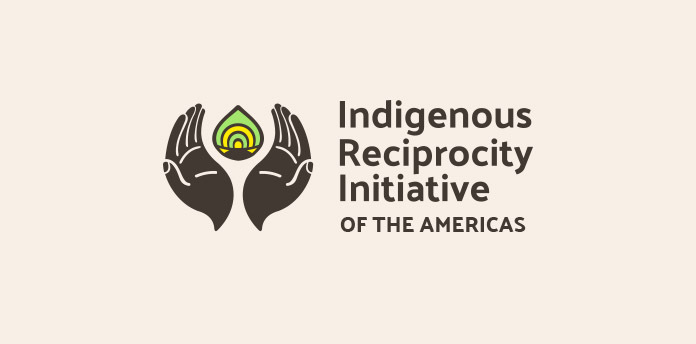
Discover the Indigenous Reciprocity Initiative of the Americas
To make this happen, we had to build a multidisciplinary team, including psychiatrists, psychologists, nurses, biologists, and biochemists. In the end, we observed significant antidepressant effects with ayahuasca compared to placebo—starting as early as 24 hours after the intervention. That’s a big contrast to traditional antidepressants, which typically take two to three weeks to start working.
But despite these promising results, bringing ayahuasca into clinical practice comes with many challenges. First, it’s a plant mixture, which makes pharmacological standardization tricky. On top of that, the acute experience lasts about four hours, which poses practical and economic barriers to its widespread use in clinics. And, of course, as we accompanied yesterday in different panels, there’s the ongoing debate around appropriation, intellectual property, patents, and how to ethically and fairly integrate traditional knowledge into clinical use by non-Indigenous populations.
Because of all these challenges, in 2021, we decided to study isolated DMT—using the inhaled administration route. One big advantage of inhaled DMT is its short duration, lasting about 15 minutes, which could make it a more feasible treatment option within public healthcare systems, especially in a country like Brazil, with its large population and deep social inequalities.
Interestingly, one of the plants with the highest DMT content is jurema preta or mimosa tenuiflora which is native to the Caatinga biome in northeastern Brazil—the very region where our group is based. Another fun fact: it was a Brazilian chemist, Oswaldo Lima, who first isolated DMT from jurema root bark back in 1946.
However, while studying isolated DMT has many scientific advantages, it also brought new challenges for our group. Unlike ayahuasca, DMT is a controlled substance in Brazil and around the world. So, one of our first hurdles was getting regulatory approval to conduct research on it. In this case, being part of a public university worked in our favor, since these institutions can apply for special research licenses from regulatory agencies.
Clinical trials are expensive, and securing funding within a public university isn’t easy—it’s a rigid and bureaucratic system.
Another big challenge for the kind of research we do is fundraising. Clinical trials are expensive, and securing funding within a public university isn’t easy—it’s a rigid and bureaucratic system. Most of the time, the money comes from government agency research grants. So deciding how and where to allocate resources can be a hard task when dealing with university bureaucracy. Partnerships with private companies are also an option. This kind of agreement is less common, but it can be beneficial since these funds usually come with more flexibility. On the other hand, companies often operate on very tight schedules and expect deadlines and milestones that don’t always make sense in a university setting—especially considering that much of the workforce in our projects consists of students: undergraduates, master’s, and PhD candidates. For them, research is an important part of their education, but it’s not the whole picture. It’s also worth noting that private funding can sometimes narrow the scope of projects, as industry interests tend to be more specific than those of science.
To expand our reach beyond the university, last year we launched the Advanced Center for Psychedelic Medicine. Our goal is to advance education, scientific and clinical research on psychedelic substances, always respecting ancestral practices, training therapists, spreading high-quality information, and developing innovative, minimally invasive, accessible, and scalable therapeutic solutions. We’re committed to maintaining the highest standards of safety and quality to ensure these therapies can be ethically and effectively integrated into public healthcare systems.
Over the years, we also realized the importance of well-trained psychologists to provide adequate psychological support during our trials—maximizing therapeutic benefits while minimizing risks.
With this in mind, we created a postgraduate program in psychedelic therapy, structured into different modules. One of the modules is open to professionals and students from all fields, providing a solid theoretical foundation on various psychedelic substances, therapeutic protocols, pharmacology, traditional uses, and scientific research. This course is fully online, with live synchronous classes. We carefully select instructors from diverse backgrounds to ensure multiple perspectives on the same topic, enriching and deepening the learning experience.
The final modules are specifically designed for healthcare professionals, focusing on developing therapeutic skills through theory and clinical practice. One of the biggest challenges is understanding the boundaries of clinical practice, given that in Brazil, currently, ketamine is the only psychedelic legally approved for medical use. However, we believe that regulations for other psychedelic substances will emerge soon, and having well-trained professionals will be crucial to ensuring the successful integration of these treatments.
As we move forward, one of our biggest challenges—and greatest motivations—is making these treatments truly accessible. Psychedelic medicine is gaining attention worldwide, but we must ensure that its benefits don’t remain exclusive to a privileged few. This means working towards equitable access within public healthcare systems, especially in countries like Brazil, where mental health resources are often scarce.
Psychedelics have deep cultural and spiritual significance for many Indigenous peoples, and we must engage in meaningful dialogue with these communities—ensuring that their knowledge is respected, acknowledged, and not exploited.
At the same time, we recognize the responsibility that comes with this work. Psychedelics have deep cultural and spiritual significance for many Indigenous peoples, and we must engage in meaningful dialogue with these communities—ensuring that their knowledge is respected, acknowledged, and not exploited.
For me, being part of this research is not just about science—it’s about changing lives. I’ve seen firsthand how these substances can transform people’s mental health, offering relief when nothing else works. But we’re still at the beginning of this journey, and collaboration is key. That’s why spaces like this—where we can exchange ideas, discuss challenges, and build partnerships—are so important.
Note: This articles was originally presented as part of the “The Evolution of Psychedelic Education: Promises, Approaches and Challenges” panel held on March 30, 2025, at Psychedelic Culture 2025, in San Francisco, California.
Art by Fernanda Cervantes.

Shop Our Latest T-Shirt Design, “Protecting Sacred Plants.”
More Psychedelic Culture 2025 coverage:
- Opening Psychedelic Culture 2025 Remarks by Bia Labate, “Rethinking Power, Plants, and the Future of Psychedelic Culture,” Doubleblind.
- Closing Remarks: Chacruna’s Psychedelic Culture 2025 by Alejandra Barajas
- Chacruna’s publication on the Importance of Indigenous voices in PCU25: “The Importance of Indigenous Voices at Psychedelic Culture 2025: A Response to Metropoles”
- Lucid News coverage on the conference: “Collective Resistance and Resilience at Psychedelic Culture Conference“
- Brazilian consulate in San Francisco social media coverage:
- “O Consulado-Geral do Brasil em São Francisco esteve presente no evento “The Importance of Indigenous Voices at Psychedelic Culture 2025”, promovido pelo Instituto Chacruna, com o apoio do Instituto Guimarães Rosa (IGR).” – Consulado do Brasil em San Francisco
- “O Consulado-Geral do Brasil em São Francisco recebeu a diretora do Museu Nacional dos Povos Indígenas, Fernanda Kaingang…” – Consulado do Brasil em San Francisco and Museu Nacional dos Povos Indígenas – Funai
- “The Mosaic of the Mind: Science, Story, and Psychedelic Inquiry” by Tony Martin
Take a minute to browse our stock:
Did you enjoy reading this article?
Please support Chacruna's work by donating to us. We are an independent organization and we offer free education and advocacy for psychedelic plant medicines. We are a team of dedicated volunteers!
Can you help Chacruna advance cultural understanding around these substances?


